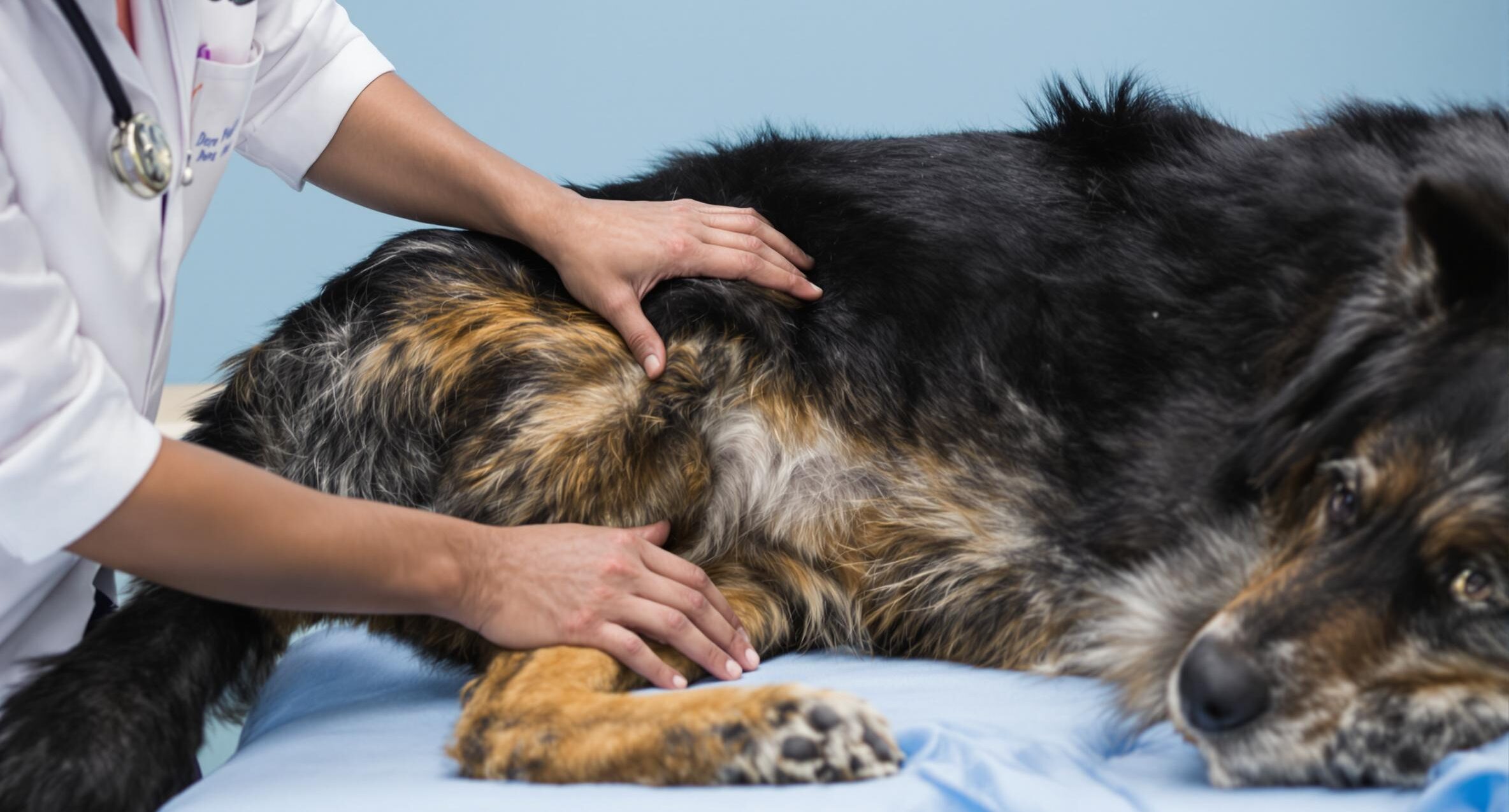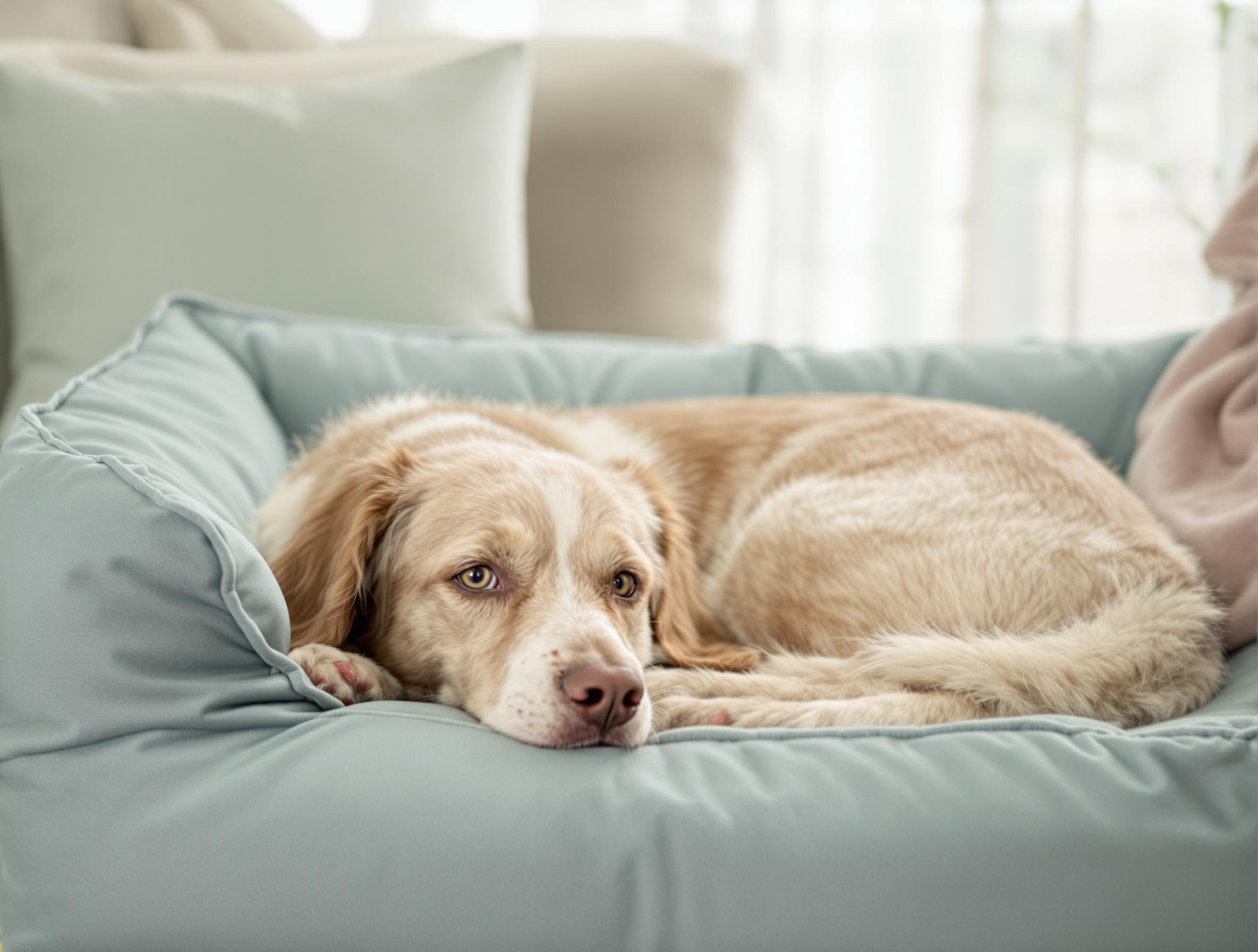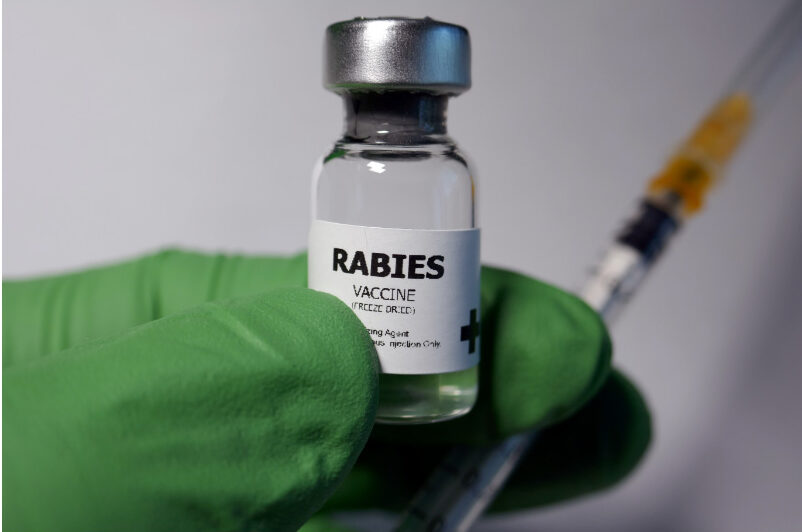Dog Fleas: Are They Hiding in Your Bed?

Key takeaways:
- Fleas can live in your bedding if your pet shares it, causing discomfort through bites and potential health issues.
- Regular checking and cleaning are essential in detecting and preventing flea infestations in your home.
- Consistent use of preventative treatments for your pets is crucial for creating a flea-free environment for your family.
You love snuggling up with your dog at bedtime, but have you ever stopped to think about what else might be sharing your bed? Fleas can be sneaky hitchhikers, hiding in bedding, carpets, and furniture without you even realizing it. More than half of pet owners let their pets sleep in the bedroom, making flea prevention a real concern. Most fleas in your home are not visible to the eye, as they often hide in bedding, carpets, and furniture rather than staying on your pet.
When your dog has fleas, your bed can become the perfect hideout for these tiny pests. These persistent parasites thrive in warm, cozy spaces, making your mattress, pillows, and blankets an ideal breeding ground. Their bites can cause skin irritation, discomfort, and even allergic reactions. PetHealthMD is here to provide reliable information on spotting, preventing, and eliminating fleas. However, if you notice persistent flea issues or your pet shows signs of discomfort, consult your veterinarian for the best treatment options.
How to Spot Signs of Fleas in Your Bed
Your dog spends time on your bed, but are fleas making themselves at home there too? A few simple checks can help you find out before the problem worsens:
- Look for flea dirt. These tiny black specks are flea droppings containing digested blood. Wipe them with a damp paper towel and they leave reddish streaks.
- Watch your dog’s behavior. Excessive scratching, restlessness, or biting at their skin could signal fleas.
- Examine your sheets. Small brown specks the size of sesame seeds, especially where your dog sleeps, may indicate flea activity.
- Check for flea bites. Red, itchy bumps—often in clusters of three—on your ankles and legs can point to fleas.
- Use the white sheet test. Lay a white sheet on your bed or floor and brush your dog over it. Fleas or flea dirt will show clearly.
Preventing fleas from making their way into your bed starts with proactive care. Regular flea prevention for your pet is essential. If you suspect an infestation or your pet is experiencing skin irritation, consult your veterinarian.
Steps to Prevent Future Flea Infestations
Keeping your pet protected with monthly flea preventatives is the key to stopping infestations before they start. Reliable options like NexGard, Trifexis, or Comfortis can help keep fleas from taking over your home. You can explore additional flea control solutions on the Flea and Tick Medication category page.
Fleas multiply quickly—females lay up to 50 eggs per day—so a single flea problem can escalate fast. Here’s how to keep your home flea-free:
- Vacuum daily to remove fleas, eggs, and larvae.
- Wash pet bedding and linens in hot water every two weeks.
- Steam clean fabrics to eliminate fleas at all life stages.
- Groom your pet regularly with a flea comb.
- Maintain your yard by trimming grass and removing leaf litter.
Can Fleas Transfer to Humans?
Many pet owners wonder whether fleas can move from their dog to them. The good news is that fleas prefer furry hosts, but they may still bite humans before returning to your pet.
Fleas don’t live on human skin, but their bites can cause itching, irritation, and even allergic reactions. If you find small, itchy red bumps on your ankles or legs, fleas may be the cause. PetHealthMD suggests being extra cautious with young children since they may accidentally swallow fleas while playing.
Protecting Your Family
A flea-free home means a healthier environment for everyone. Try these simple steps:
- Vacuum carpets and furniture twice a week.
- Wash all bedding in hot water (130°F/54°C).
- Use pet-safe flea treatments to prevent infestations.
- Try natural flea repellents like lavender or cedarwood oil (used safely around pets).
Effective Methods for Treating Fleas in Beds
Finding fleas in your bed can feel overwhelming, but you can reclaim your sleep space with these easy steps.
Immediate Treatment Steps
- Wash all bedding in hot water (140°F or higher).
- Vacuum your mattress thoroughly, focusing on seams and crevices.
- Use a pet-friendly flea spray on your mattress and allow it to dry completely.
Long-Term Protection
- Set up flea traps with a warm light source.
- Keep your pet on monthly flea prevention such as NexGard Chewables or K9 Advantix II.
- Use a mattress cover to create a barrier against fleas.
Remember—fleas don’t just live in beds. Treating your entire home is the best way to keep fleas from finding new hiding spots.
Creating a Safe and Flea-Free Home
A flea-free home doesn’t have to feel like a constant battle. Consistent care helps keep both your home and your pet flea-free. Since most fleas live in your home environment rather than on your pet, prevention is your best defense.
If fleas are making life difficult for you and your pet, now is the time to act. For the best treatment tailored to your pet’s needs, consult your veterinarian and take proactive steps to protect your home. Explore trusted flea prevention solutions and vet-approved products on the Flea and Tick Medication page to keep your pet happy, healthy, and flea-free!





